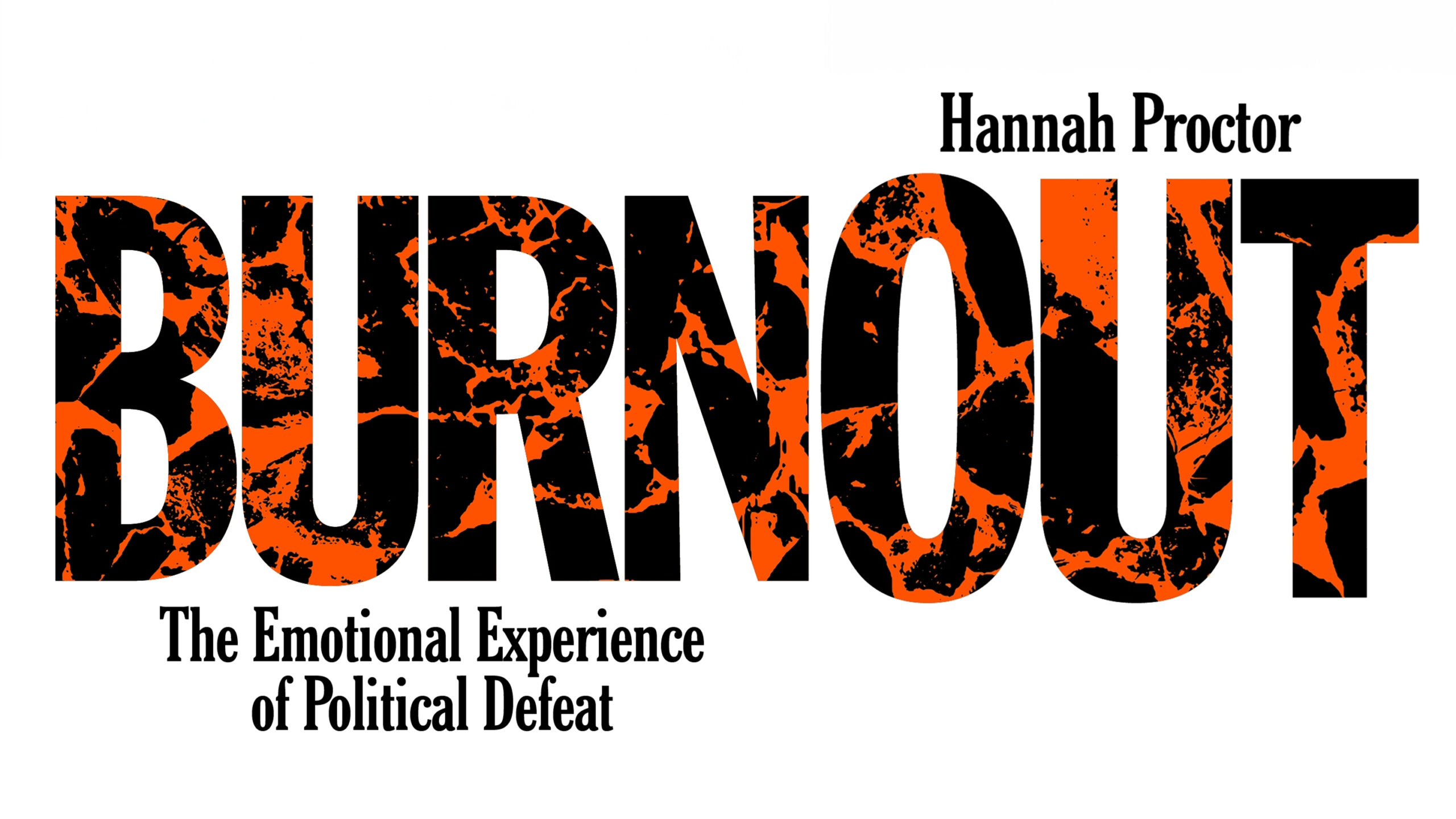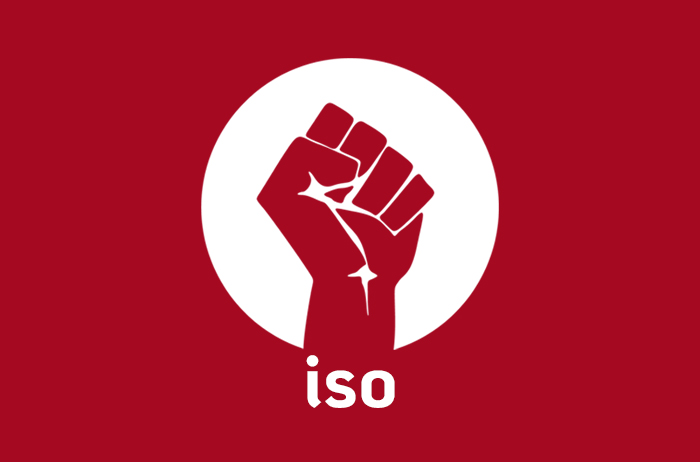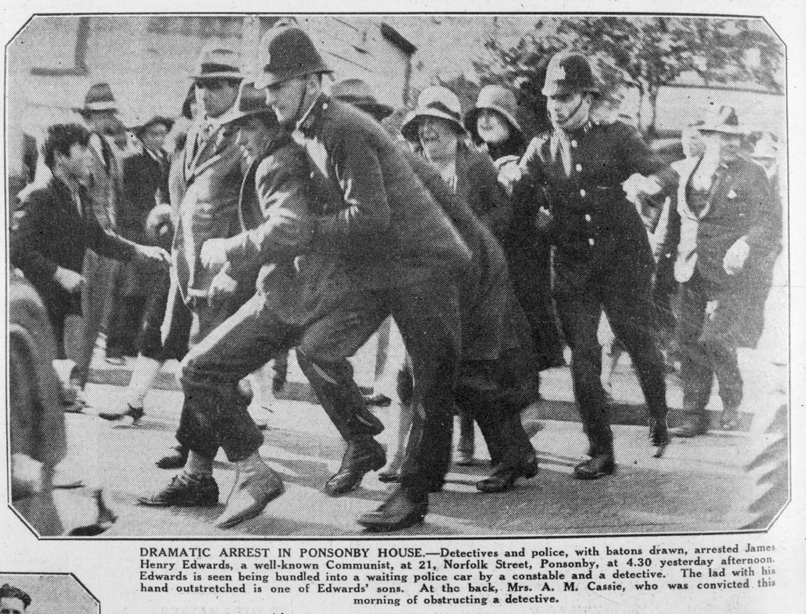Gowan Ditchburn gave this talk to the Auckland branch of the International Socialists in May.
Let us examine on of my favourite things on Earth, Democracy. No, not that silly parliamentary kind where you vote every few years. I mean real democracy. Control by the people. Actual control not sending people to parliament to argue like children for three years and pass a few laws which change very little. I mean getting to decide how everything is done. From the Economy and the distribution of goods and resources, to the planning of our cities. All this placed in the hands of the people. My aim is to bring you an interesting look at a different, better and much more democratic way of doing things.
Originally this talk was going to focus on two forms of radical social control, workers councils and insurgency planning. Unfortunately there simply isn’t enough room to cover them both adequately. As such I dropped insurgency planning, but for those who don’t know insurgency planning is where communities take direct control of the running of things. Workers councils and insurgency planning are instruments of direct democracy and the seeds of a new way to run society. You may never have heard of them, they may sound like some utopian daydream. But these are very real institutions, for want of a better word, and they present themselves to us again and again.
Let me just go through those examined the book: Ours to Master and to Own, a book full of essays on workers control across history. Let me take you on a trip through space and time by listing all the instances of workers councils covered in this book:
It starts with the Paris Commune of 1871. Progresses to Russia in 1905 and 1917 examining the Soviets. Then covers workers councils in Germany during the 1910s and Italy between 1919 and 1920. This is followed by Spain during the revolution and civil-war from 1936. Workers councils in Yugoslavia are examined which existed for quite some time after the Second World War. Workers resistance between 1944 and 1981 produced workers councils in Poland. Workers councils were formed Indonesia and Java between 1945 and 46 during anti-colonial struggle. The same was true of Algeria during and after its anticolonial struggle against France. The 1970s saw workers councils appear across the globe: In Argentina during 1973, Portugal between 1974 and 75, Italy during the “Hot Autumn” of 1969-1970, in Britain and the United States councils were also formed during this decade. Canadian telecommunications workers also formed workers councils in 1981 in an essay entitled ‘the recipe for anarchy’.
Closer to the present day workers councils were formed in India in the state of West Bengal. Argentina saw a new wave of workers control at the start of the 21st century due to a financial crisis. Workers councils arose in Venezuela during the Bolivarian Revolution. Finally we come to Brazil which is looked at in the final essay.
Now you might be asking why I bothered to go through this list. Why discuss about what’s covered in one book? The book demonstrates how workers control is not something unique to a single culture. Nor did they just happen back in the day and go out of fashion. They are reoccurring, crossing cultural and physical boundaries. The book however, is far from comprehensive there are more instances than those listed above. From Los Cordones Industriales of Chile and the Shoras of Iran to workers control China, Czechoslovakia and Japan to those during the recent financial crisis and elsewhere. There simply is no time to cover all instances of workers control. It is because of their reoccurring nature during times of class struggle, their universality that workers control and workers councils are seen by socialists as the prototype model upon which a future more equal society can be built.
Argentina
Let us examine workers control in a bit more detail and to do so we shall let the workers speak for themselves. Sin Patrón is a book by the Lavaca Collective. It enters the world of Argentina’s reclaimed and worker-run industries. The movement for reclaiming abandoned factories in Argentina started in the mid-20th century but it was not until the financial crisis at the start of the 21st that workers control expanded from a handful to hundreds of industries. These workplaces are run democratically and operate legally as co-operatives. And although the legal circumstances shape how they operate they are good examples of workers control none the less. By law each co-operative must have a management committee, with a president, a vice president and a treasurer. But the law does not prescribe fixed terms of office. Because of this workers are able to elect people to these positions through workers’ assemblies. In addition the workers assemblies can at any time recall people from these positions. As such the assembly of all workers becomes the highest decision-making body within the reclaimed workplace. Democracy therefore is at the heart of workers control within the reclaimed workplace. The assembly of all workers, often run without a fixed agenda, gives any worker the ability raise a topic for discussion and debate. At the same time each worker must be heard out by the others so that no one is excluded from the decision making process.
It is this basic formula of recallable leaders and delegates, democratic control over the workplace via assembly and equal wages for all workers links nearly all forms of workers control. But these formulas aren’t fixed and rigid nor are workers councils limited to what are considered “traditional” working class industries. In some instances wages remained at varying levels. However, this was decided upon democratically by the workers themselves. In some workplaces there are rules about who can stand for a delegate position and in others very few. In Argentina workers control extended from factories and restaurants to hospitals and radio stations. No section of the economy is beyond the scope of workers control and no industry cannot be run democratically by the workers themselves.
It is truly fascinating to read how workers run things themselves. From starting out penniless and unable to buy even the raw materials needed to run their workplace to being one of the most productive industries in the market. The reclaimed factories also demonstrate immense solidarity with one another. Whether supporting them other workers secure control of a workplace or providing the supplies needed to carry out production. The reclaimed factories are united by the principles of democracy, collaboration, equality and solidarity. As Naomi Klein and Avi Lewis in the foreword to Sin Patrón write: “The principles are so simple, so elementally fair, that they seem more self-evident than radical when articulated by one of the workers in this book”.
But it is when workers go beyond running single industries and collaborating to keep themselves afloat that a real insight to a future society is given. One where we no longer have an economy based on competition or profit and private gain. But on collective and democratic control of the economy, the satisfaction of human need and even the enhancement of our lives. Such glimpses are fleeting, they occur only once in a long while so let’s examine one of these few cases.
Chile
Chile between 1970 and 1973 is a good example. Here workers and peasants were able to gain control of large swaths of the country. When the bosses tried to shut down the economy through a transport strike and force the left-wing government to bend the workers seized the factories and means of distribution. Survival forced them too and in so doing they demonstrated how even in the face of adversity they could meet the needs of the people and carry on production. They formed Cordones Industriales, councils to control the workplaces and coordinate between them. In the country side, peasants formed their own councils on the land they seized and with the help of workers from the factors defended it from reprisals.
I have been able to go to a couple of conferences in Australia and listen to a few talks on Chile and the Cordones and watched documentary-film The Battle of Chile. This documentary is almost 5 hours long, but is both deeply moving and insightful and I highly recommend people watch it. (All three parts are on YouTube.) This documentary takes us inside the events, inside the Cordones. Here we see workers engaged in key political debates. Ordinary workers gave 20 minute speeches, without notes, and showed a political clarity that puts many an online blogger to shame. The Allende government supported the workers to an extent. The workers in return put their faith in the Popular Unity party and their programme of opening up the way for socialism. Yet the government was blocked from passing radical reforms by congress and held back the workers from going further. It was an attempt to not aggravate the bosses and the right. Sadly this restraint would prove fatal. The bosses feeling that democracy was no longer in their interest and with the help of the CIA backed a military coup. Allende to his credit went down gun in hand defending the presidential palace but he and his party had contained the workers at the crucial time when they could have risen up and resisted the forces of reaction. The 11th of September 1973 saw the end of the longest running representative democracy in Latin America and Chile was to experience a military dictatorship until 1990. The workers councils were crushed, peasants forced off their land and an entire generation of young activists were exterminated or chased into hiding across the world. Chile shows us all how far our rulers are willing to go to defend their rule.
This is one of the sad things about studying workers councils. In a capitalist society democratically running a business and trying to satisfy human need isn’t going to make you many friends in the capitalist class. Bosses aren’t too comfortable seeing workers run things without them. Nobody likes to be shown how they aren’t wanted or needed. And this dislike is magnified when the factories are being seized from bosses directly rather than being reclaimed once abandoned. But dislike turns to hatred when workers start to use their new instruments of democratic control to run society and challenge the power of the capitalist state.
Russia
Russia gives us the greatest example. It was in Russia, in the soviets, that workers would for the first time really get a chance to run things themselves. Soviets first appeared in the 1905 revolution and were as often happens, brutally crushed by force. But, as they say, you can’t keep a good idea down, except through copyright law. And the soviets were back with a vengeance in 1917.
Not content with overthrowing the government once in 1917 the workers did it twice! By which time they had managed not only to piss of every single capitalist in Russia but also plenty overseas as well. Resulting in the bloody civil war between the red and white armies and basically everyone else who wanted to join in the fun including Britain, France, Germany, Japan and the United States. The revolution was ultimately defeated due to the pressures of both economic and military competition and the inability for the revolution to spread to other countries. Germany in particular where a revolution started with a sailor’s mutiny in 1918 but was ultimately crushed through violence. But in this period before and after the October Revolution of 1917 one can see the clearest picture of what a future more democratic society would look like.
Between the first and second revolutions of 1917 Russia was in a situation of dual power. Two competing regimes struggled to gain dominance over the country. Each regime represented a different class and their class interests. On the capitalist side was the Provisional Government, a democratic parliament that was never elected. A body which as the year drew on seemed increasingly incapable of controlling the state. On the workers side there were the Soviets which had evolved out of strike committees and are the classic example of workers control.
If there was any doubt in the ability for workers to control society the Soviets dispelled it. Not only could the Soviets effectively run workplaces despite attempted sabotage by vengeful bosses they also gained power and influence nationally to the extent that they became more powerful than the Provisional Government. It was through the Soviets that workers in Russia demonstrated their support for the Bolshevik Party and the backed the insurrection of October 1917.
In the brief period, between the October Revolution and Stalin becoming the judge, jury and mass executioner of Russia, workers showed how much they could achieve when they gain control over society. From decriminalising homosexuality to undertaking massive conservation efforts, protecting vast swaths of wilderness. From reforming marriage to legalising abortion. From challenging social norms to experimenting with new ways to living entirely. Workers achieved reforms that took decades elsewhere or are still being fought for today. Many would claim that revolutions lead, in the best case scenario, to a tyranny of the majority. The Russian Revolution shows this to be false. Across Russia after the revolution more rights were given to minorities to practice their beliefs. Oppressed nations within the Russian empire were likewise granted more rights of self-determination. The power of religious institutions was attacked because of their support of the tsarist state. But religion was not suppressed and in a scenario worthy of Monty Python there were even cases of Monks at monasteries who threw out their leaders and established their own soviet like institutions.
The soviets gave workers, for a short period of time, control of everything in society. And although they couldn’t do everything they tried. Such as stopping the mass parties after the revolution. Which only stopped because they ran out of alcohol. They showed that we do not a master commanding us like slaves to function as a society.
Conclusion
To conclude Workers councils and workers control represent the seeds of a new way of running society. A new society. One free from exploitation and oppression. Workers to run any workplace have to cooperate with one another. To run an economy and fulfil their needs they must cooperate with other workplaces across a nation. To secure their position of control in one country they must cooperate with workers across the globe. In a world run by workers there is no place for racism, sexism and discrimination of any kind. These things contradict the principles of cooperation and solidarity. These divisions may seem age old but all divisions begin to break down in situations of class struggle and workers control. The impossible becomes probable the incredible becomes real.
Capitalism claims to uphold democracy and uphold freedom. But a freedom of slaves to choose a master and a democracy to choose just another idiot every few years is not true freedom or democracy. Workers councils and control show us all, that freedom and democracy can be so much more. They show us that democracy isn’t limited to parliamentary and local government elections. This is what the struggle for Socialism is about. Taking democracy from institutions of mass oppression and class rule and bringing it into every aspect of our lives. As it states in the Communist Manifesto: “In place of old bourgeois society, with its classes and class antagonisms, we shall have an association in which the free development of each is the condition for the free development of all.”









